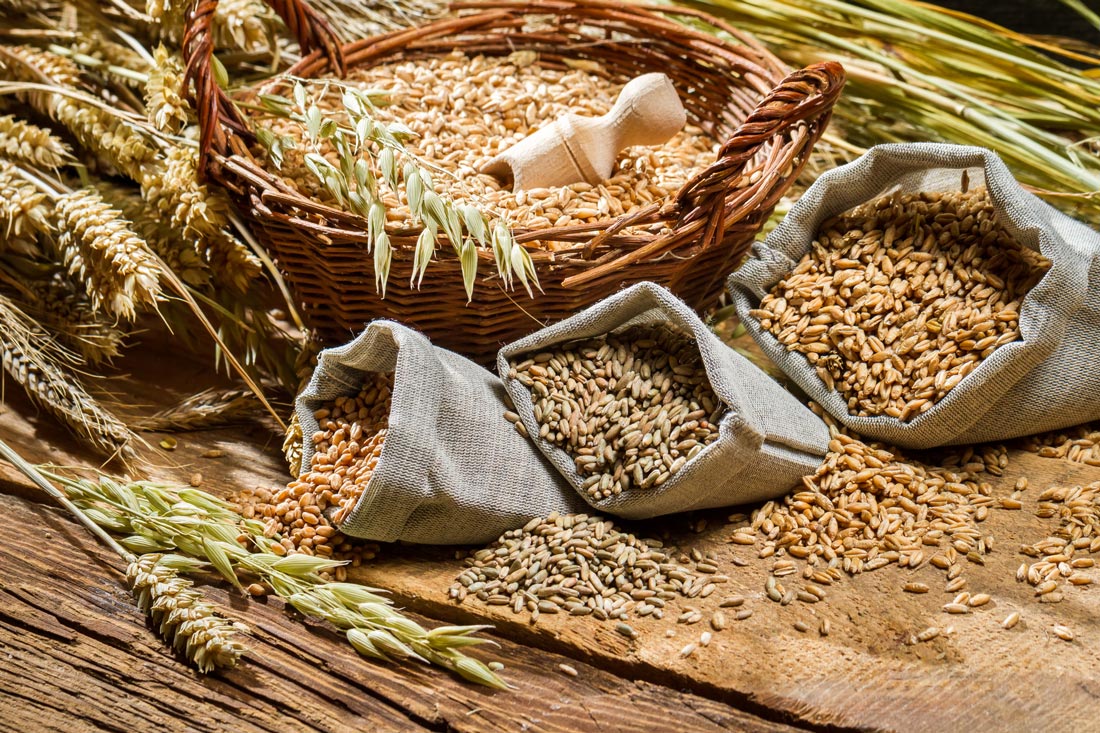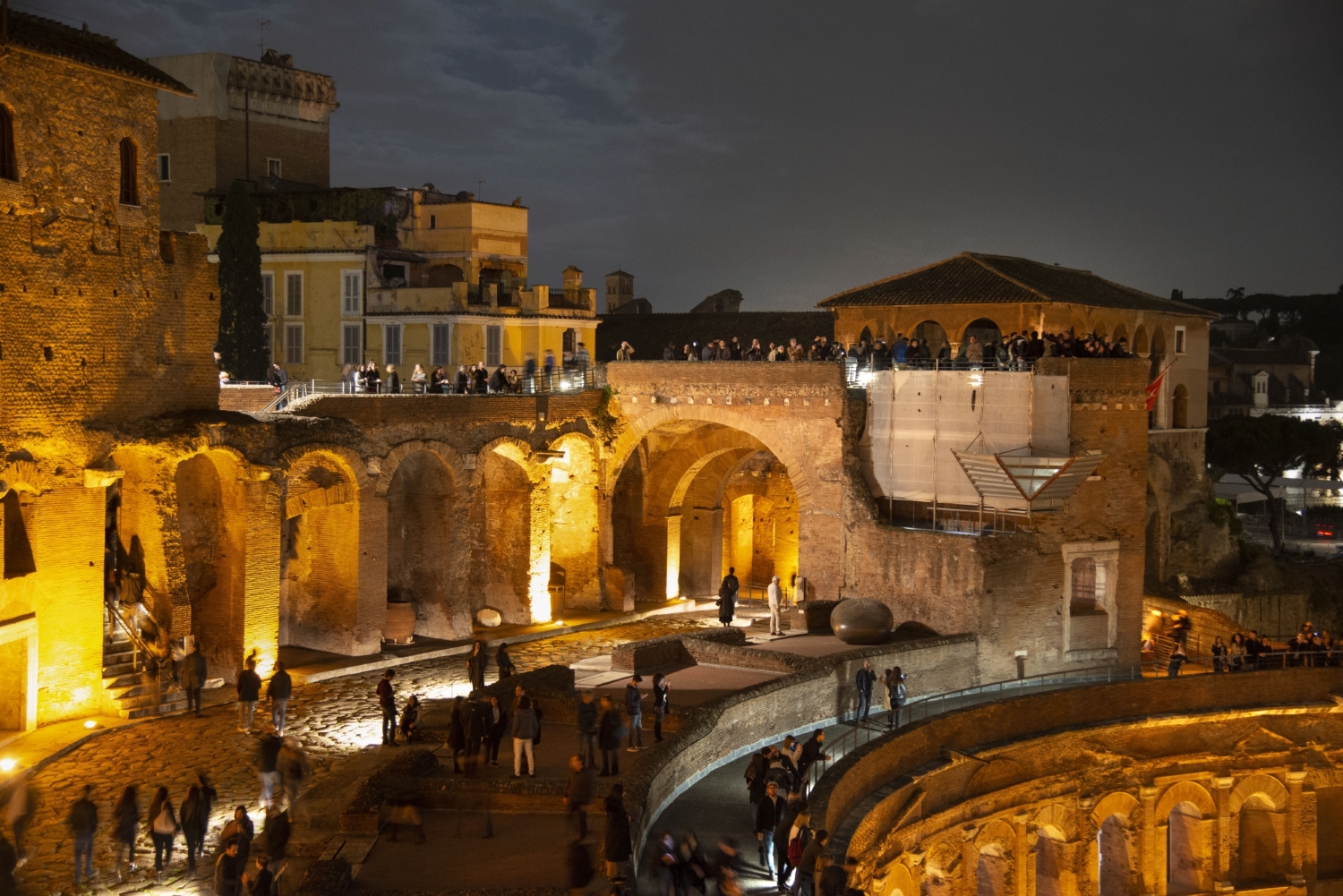Cultura: La Festa dei Cereali nell’antica Roma
La bionda dea Cerere – inclusa nella Triade dell’Aventino (con Liber e Libera) – veniva celebrata in una grande festa che durava otto giorni e cadeva in aprile, dal 12 al 19: erano i Cerialia, festa di propiziazione piuttosto che dei lavori agricoli. Il colore bianco era l’insegna delle celebrazioni, per sacerdotesse e devoti tutti. L’avvio alla festa era dato da una solenne processione a cui seguivano i Giochi di Cerere, che si distinguevano in Ludi circenses e Ludi scaenici, la cui gestione spettava agli edili plebei. La parte più spettacolare avveniva il 19 aprile: il grande giorno delle solennità rituali e delle attività ludiche spettacolari, che comprendevano la corsa delle volpi nel Circo Massimo. Nel mese di maggio, si celebrava il rito del “finto raccolto”, proprio nel periodo critico in cui la fioritura delle spighe avrebbe potuto essere esposta al rischio di una possibile ultima gelata. Per 3 volte, a giorni alterni, dopo le none e prima delle idi di maggio, il 10 il 12 e il 14, come racconta Servio (Ecloghe VIII,82), le tre Vestali più anziane coglievano prematuramente le spighe di farricello, il grano vestito, più povero, e le deponevano nei cesti che sarebbero stati poi usati alla mietitura: riempire anticipatamente quei cesti significava che la coltivazione sarebbe andata a buon fine. Sempre le Vestali provvedevano finalmente a preparare il finto pane e, con l’aggiunta di un’apposita dose di sale, pestato e cotto al forno, la cosiddetta mola salsa, un impasto che, trasformato in piccola parte in focaccia, veniva offerto a Vesta mentre il resto, conservato come tale era destinato ad uso sacrificale. Se ne cospargevano infatti le teste degli animali da offrire in sacrificio agli dei che venivano pertanto “immolati”, prima d’essere uccisi. Per confezionare la mola salsa era d’obbligo usare acqua sorgiva, incontaminata, che per un certo tempo venne attinta alla fonte del bosco delle Camene, fuori della Porta Capena delle mura urbane, poi dalla Fonte di Giuturna nel Foro Romano, con recipienti che non dovevano toccare il suolo, sicché avevano la parte inferiore quanto più stretta possibile, al punto da rovesciarsi se poggiati a terra. La finta panificazione aveva luogo proprio nel giorno dei Vestalia, il 9 giugno, e non a caso in quello stesso giorno si celebrò in seguito la festa dei pistores, i fornai, che addobbavano per l’occasione con serti di fiori le macine dei loro molini (Ovidio, Fasti VI, 311). Nella seconda settimana di giugno, tra il giorno 7, quando Vesta aperitur, come si legge nei calendari (quando il tempio di Vesta nel Foro Romano, veniva aperto) e il giorno 15, quando Vesta clauditur (il tempio veniva chiuso), si svolgeva una serie di riti che, tra loro collegati, davano vita a un vero e proprio ciclo, che è stato definito “dei cereali”.
Continua a leggere
Riduci il testo
Approfondimenti: le altre sezioni



